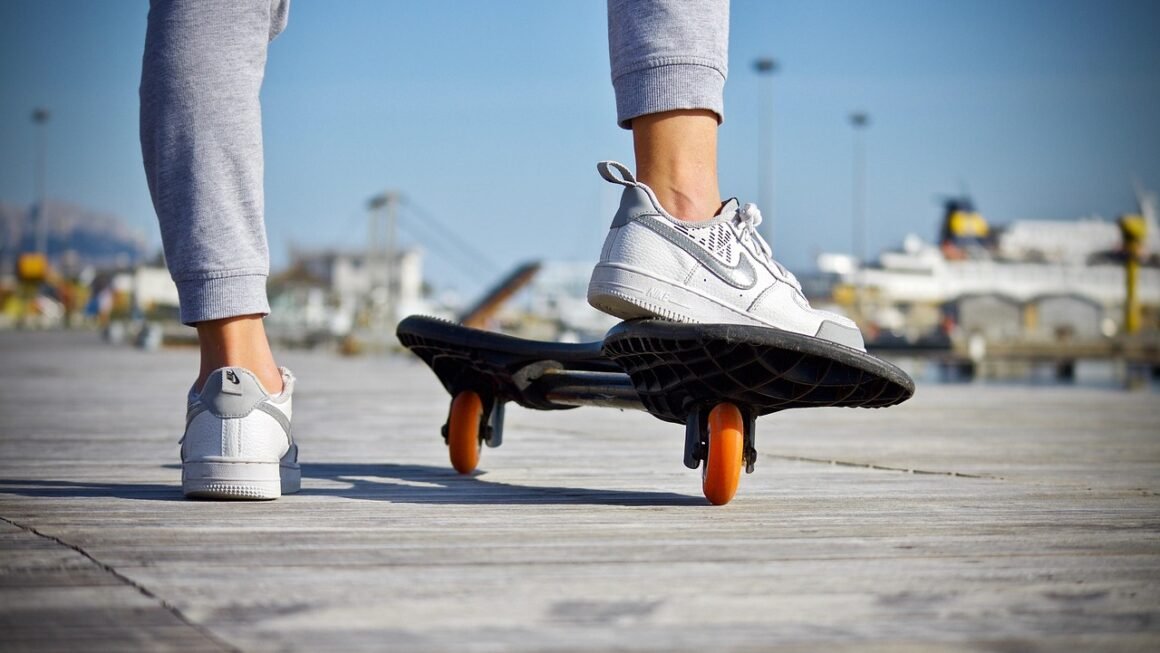Ultramarathons. The mere word conjures images of superhuman endurance, breathtaking landscapes, and a relentless test of the human spirit. More than just a run, an ultramarathon is a journey of self-discovery, pushing boundaries far beyond the standard marathon distance. Whether you’re a seasoned runner looking for your next challenge or simply curious about this extreme sport, this guide provides a comprehensive overview of the world of ultramarathons.
What is an Ultramarathon?
Defining the Distance
Ultramarathons are any footrace longer than the traditional marathon distance of 26.2 miles (42.195 kilometers). This can range from 50 kilometers (31 miles) to hundreds of miles, often taking place on varied terrain such as trails, mountains, deserts, or even roads.
Different Types of Ultramarathons
- Distance-based: These races have a set distance that participants must complete. Examples include 50k, 50-mile, 100k, 100-mile races, and beyond.
- Timed events: In these races, participants run for a fixed period, such as 6 hours, 12 hours, 24 hours, or even multi-day events. The goal is to cover as much distance as possible within the allotted time.
- Stage Races: These events cover long distances over multiple days, with participants running a stage each day and camping or staying in designated areas overnight.
Popular Ultramarathons Around the World
- Western States 100-Mile Endurance Run (USA): One of the oldest and most prestigious 100-mile races, known for its challenging terrain and strict qualifying standards.
- Ultra-Trail du Mont-Blanc (UTMB) (France, Italy, Switzerland): A series of trail running events culminating in a 171km race around Mont Blanc, attracting thousands of runners from around the globe.
- Comrades Marathon (South Africa): An ultra-marathon tradition that rotates direction each year (uphill and downhill) covering approximately 90km between Durban and Pietermaritzburg.
- Badwater 135 (USA): A grueling 135-mile race through Death Valley in the middle of summer, considered one of the world’s toughest footraces.
Preparing for an Ultramarathon
Training Principles
Proper training is paramount to successfully completing an ultramarathon. It’s more than just logging miles; it requires a well-structured plan that considers distance, terrain, and elevation gain.
- Base Building: Start with a solid foundation of mileage before increasing distance or intensity.
- Long Runs: Gradually increase the length of your long runs to prepare your body for the demands of the race. Include back-to-back long runs on weekends to simulate the fatigue of a multi-day event.
- Strength Training: Focus on building strength in your legs, core, and upper body to prevent injuries and improve endurance. Squats, lunges, deadlifts, and core exercises are essential.
- Hill Training: Incorporate hill workouts to strengthen your leg muscles and improve your ability to handle elevation changes.
- Nutrition and Hydration Practice: Experiment with different fueling strategies during training to find what works best for you. Practice consuming gels, chews, or real food while running, and learn to stay adequately hydrated.
- Mental Preparation: Ultramarathons are as much a mental challenge as a physical one. Practice mental strategies such as positive self-talk, visualization, and breaking the race into smaller, manageable segments.
Nutrition and Hydration Strategies
Proper fueling and hydration are crucial for maintaining energy levels and preventing dehydration or hyponatremia during an ultramarathon.
- Carbohydrate Loading: Increase your carbohydrate intake in the days leading up to the race to maximize glycogen stores.
- Fueling During the Race: Aim to consume 200-300 calories per hour, primarily from carbohydrates. Experiment with different fueling options such as gels, chews, energy bars, or real food like potatoes, rice, or sandwiches.
- Electrolyte Replacement: Replenish electrolytes lost through sweat by consuming sports drinks, electrolyte tablets, or salty snacks.
- Hydration: Drink regularly throughout the race, aiming to consume enough fluids to match your sweat rate. Monitor your urine color to ensure you’re adequately hydrated.
Gear and Equipment
Choosing the right gear can significantly impact your comfort and performance during an ultramarathon.
- Shoes: Invest in a pair of trail running shoes that provide adequate cushioning, support, and traction for the terrain.
- Backpack/Hydration Pack: Carry enough water, food, and essential supplies in a comfortable and well-fitting hydration pack.
- Clothing: Wear moisture-wicking clothing that will keep you dry and comfortable. Consider layering options for varying weather conditions.
- Headlamp: A headlamp is essential for races that start or end in the dark.
- Navigation Tools: If the course isn’t well-marked, bring a map, compass, or GPS device.
Racing Strategies and Considerations
Pacing
- Start Slow: Resist the urge to go out too fast at the beginning of the race. Conserve energy for later stages when you’ll need it most.
- Maintain a Sustainable Pace: Find a pace that you can maintain for the duration of the race. Don’t be afraid to walk up steep hills or during difficult sections.
- Listen to Your Body: Pay attention to your body’s signals and adjust your pace accordingly.
Aid Stations
- Utilize Aid Stations: Take advantage of aid stations to refuel, rehydrate, and address any issues.
- Have a Plan: Know what you need at each aid station to minimize your time spent there.
- Thank the Volunteers: Show appreciation for the volunteers who are helping you reach your goal.
Mental Toughness
- Positive Self-Talk: Use positive affirmations to stay motivated and focused.
- Break the Race into Smaller Segments: Focus on reaching the next aid station or landmark instead of dwelling on the total distance remaining.
- Embrace the Challenges: Accept that there will be difficult moments and remind yourself why you’re doing this.
Common Challenges and How to Overcome Them
Blisters
- Prevention: Wear moisture-wicking socks, apply anti-chafing balm to your feet, and ensure your shoes fit properly.
- Treatment: Treat blisters promptly with blister pads or tape.
Dehydration and Hyponatremia
- Prevention: Drink regularly throughout the race and consume electrolytes to replace those lost through sweat.
- Treatment: If you experience symptoms of dehydration or hyponatremia (headache, nausea, confusion), seek medical attention immediately.
Muscle Cramps
- Prevention: Stay hydrated, consume electrolytes, and stretch regularly.
- Treatment: If you experience muscle cramps, try stretching, massaging the affected muscle, and consuming electrolytes.
Fatigue
- Management: Stay fueled and hydrated, pace yourself wisely, and take short breaks when needed. Utilize caffeine strategically.
Conclusion
Ultramarathons are an incredible testament to human endurance and determination. While they present significant challenges, with proper preparation, training, and mental fortitude, conquering an ultramarathon is an achievable goal for many runners. The experience is transformative, pushing you beyond your perceived limits and leaving you with a profound sense of accomplishment. So, take the plunge, embrace the challenge, and embark on your ultramarathon journey! Remember to listen to your body, respect the distance, and most importantly, enjoy the ride.



